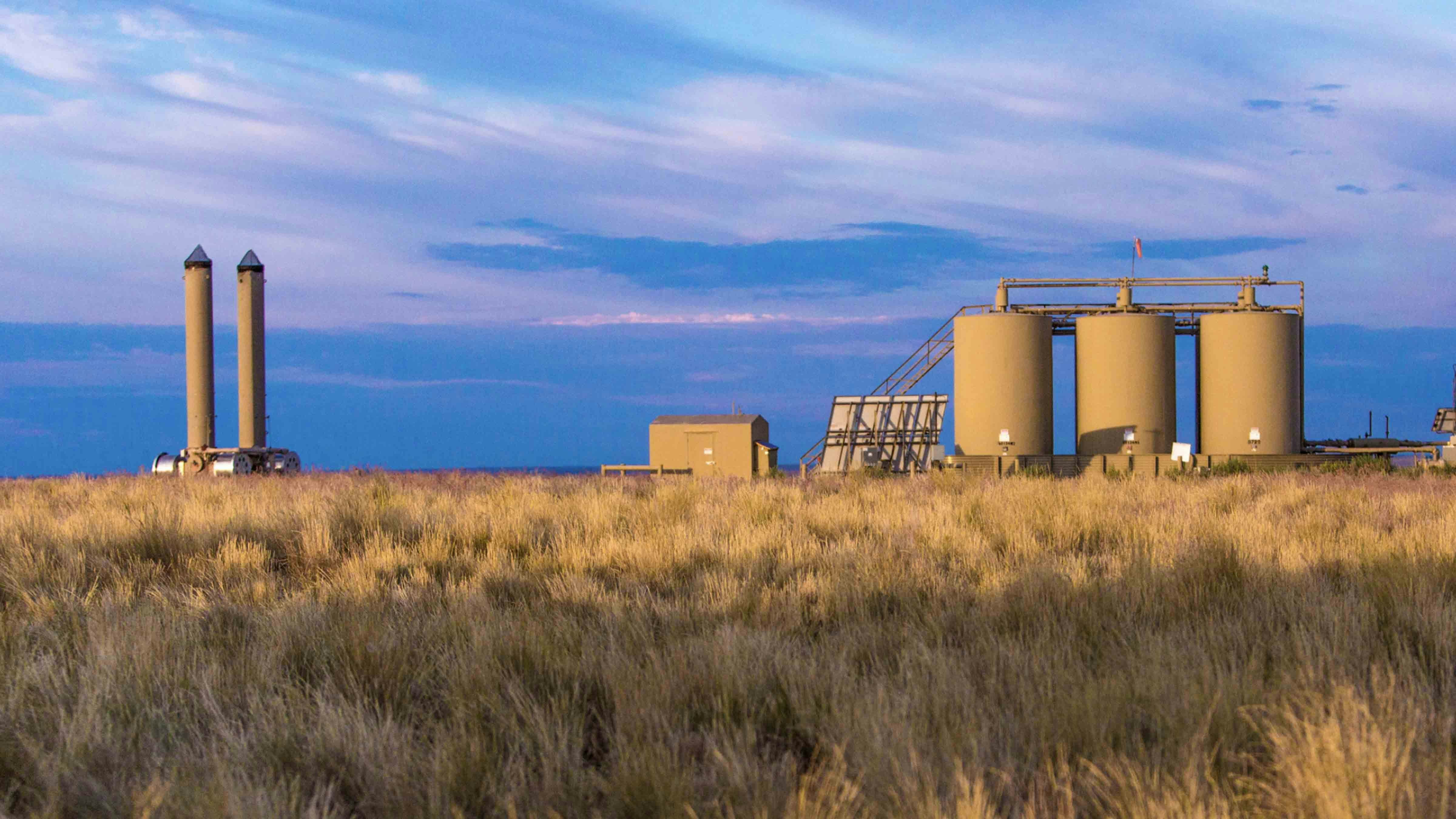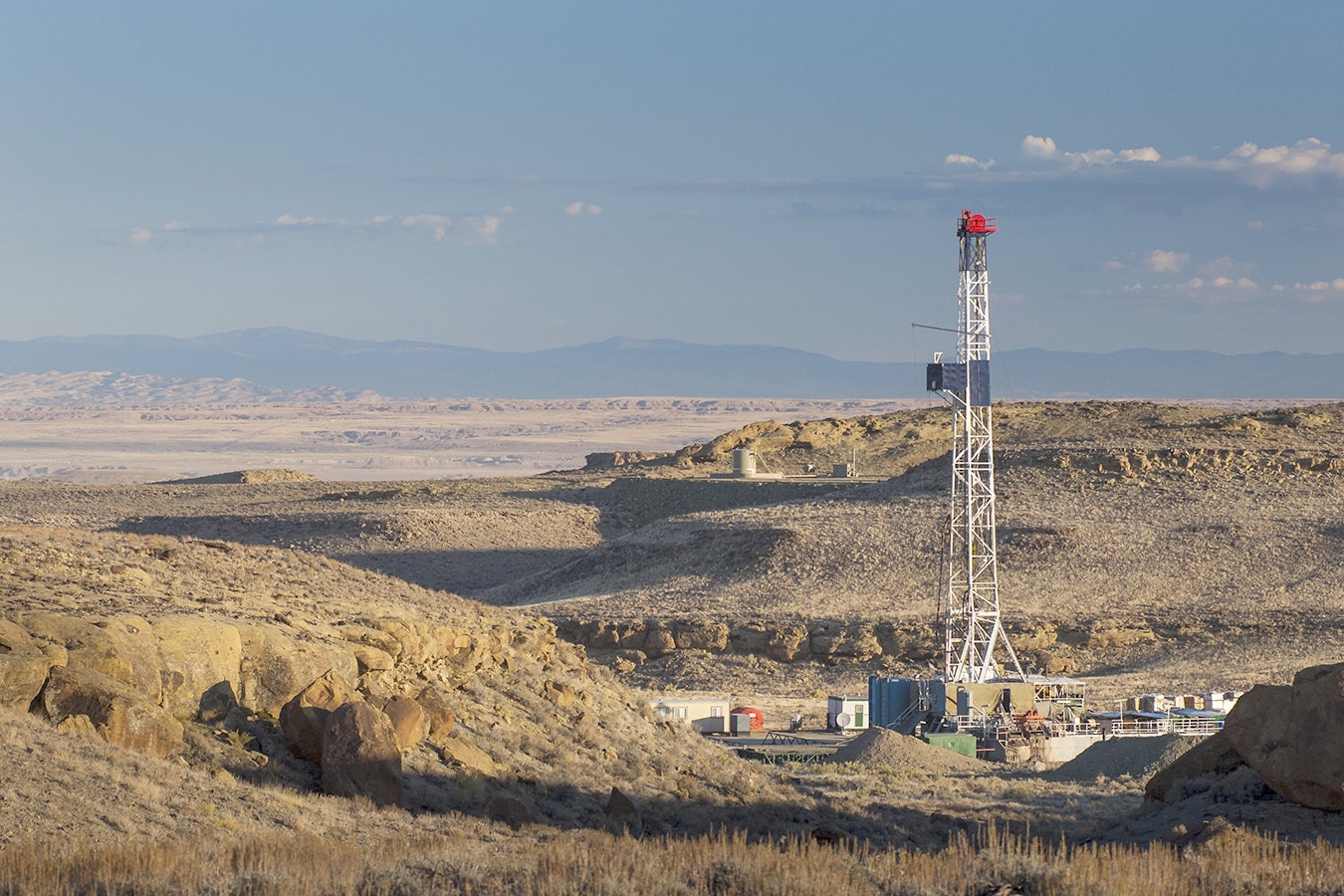Flyspecks. Sandbagging. Those aren’t words often found in federal court decisions, but a ruling issued Monday morning rejecting claims by environmental groups included several biting references to them.
Environmental groups once again failed to make a convincing case against Jonah Energy’s proposed Normally Pressured Lance (NPL) Project in southwestern Wyoming, according to a federal court ruling issued Monday.
The 31-page appeals court ruling pointed out deficiencies in the lawsuit’s four main claims. The three-judge panel ruled that just because a project may cause negative impacts to the environmental doesn’t mean the agency acted unlawfully in authorizing it; the law at issue prohibits “uninformed” rather than “unwise” agency action.
3,500 Wells
The NPL Project will allow the drilling of up to 3,500 directional natural gas wells (about 350 new wells a year over a 10-year period), using multi-well pads, and with no more than four well pads per section (640 acres).
The project area encompasses about 141,000 acres of mostly public land immediately south and west of the existing Jonah Gas Field in Sublette County, on lands for which Jonah possesses the development rights.
The federal 10th Circuit Court of Appeals upheld an earlier ruling by U.S. District Court of Wyoming Judge Scott Skavdahl in which he determined that the Bureau of Land Management had taken a “hard look” at the environmental consequences and considered all relevant information when making its decision and in selecting the best alternative to balance the goals of the NPL Project and its potential environmental impacts.
The lawsuit was filed by the Upper Green River Alliance, Western Watersheds Project and Center for Biological Diversity. They claimed that the BLM acted unlawfully in approving the project because the agency failed to take a “hard look” at impacts to greater sage grouse and pronghorn antelope, which they claimed violated provisions of the National Environmental Policy Act (NEPA).
But the appeals court noted that NEPA is a procedural law that does not “require agencies to promulgate environmentally friendly rules,” but instead “merely prohibits uniformed — rather than unwise — agency action.”
“We will not disturb agency action just because the plaintiff identified deficiencies in an (environmental impact statement) that are mere ‘flyspecks,’” so long as those flyspecks “do not defeat NEPA’s goals of informed decision-making and informed public comment,” the decision states, quoting another court case.
The Claims
The environmental groups raised four claims in its appeal:
- The district court erred because the BLM didn’t apply a phased development approach with concurrent reclamation. The appeals court rejected this claim outright because the groups hadn’t raised the issue with the BLM until the case reached federal court. The decision stated: “When a party withholds objections to an agency action until it reaches federal court, it gums up the process for everyone and, sometimes, ‘we sense a bit of sandbagging.’ That’s why courts often cast a skeptical eye towards plaintiffs that have been involved throughout the administrative process yet rely on a peripheral or newfound theory only when thrust before a federal court.” In a footnote, the court notes that even if it were to consider this argument based on its merits, it would reject that claim as well.
- The BLM should have collected more “essential” information about sage grouse winter concentration areas. The appeals court summarized the information BLM relied on in making its decision, in which the agency “owned up to its information deficit, but that does not mean it flew blind” since the agency discussed how the project would “destroy wintering habitat, contribute to sagebrush loss, and further displace” sage grouse from winter concentration areas. The appeals court stated: “The district court found the missing information not-so-essential and rejected the claim. We agree.”
- The BLM should have evaluated the project’s effect on the Path of the Pronghorn and the Grand Teton Herd. The appeals court noted that BLM focused on the broader Sublette Herd and “did not exclude migratory paths like the Path of the Pronghorn, nor did it exclude the Grand Teton Herd. It just analyzed them in different language and in what it considered a proper geographical context.”
- The BLM should have considered the project’s indirect effect on Grand Teton National Park. The appeals court noted that Grand Teton National Park is nearly 90 miles from the NPL project site and rejected this claim because once again the groups had failed to raise this issue during the comment period for the project.
The appeals court panel involved Judges Timothy Tymkovich, Nancy Louise Moritz and Veronica Rossman, with Tymkovich penning the decision.
The NPL project has involved more than a decade of planning and about five years of litigation, and Monday’s ruling allows Jonah Energy to proceed with the project.
Jonah officials have not yet responded to a request for comment.





